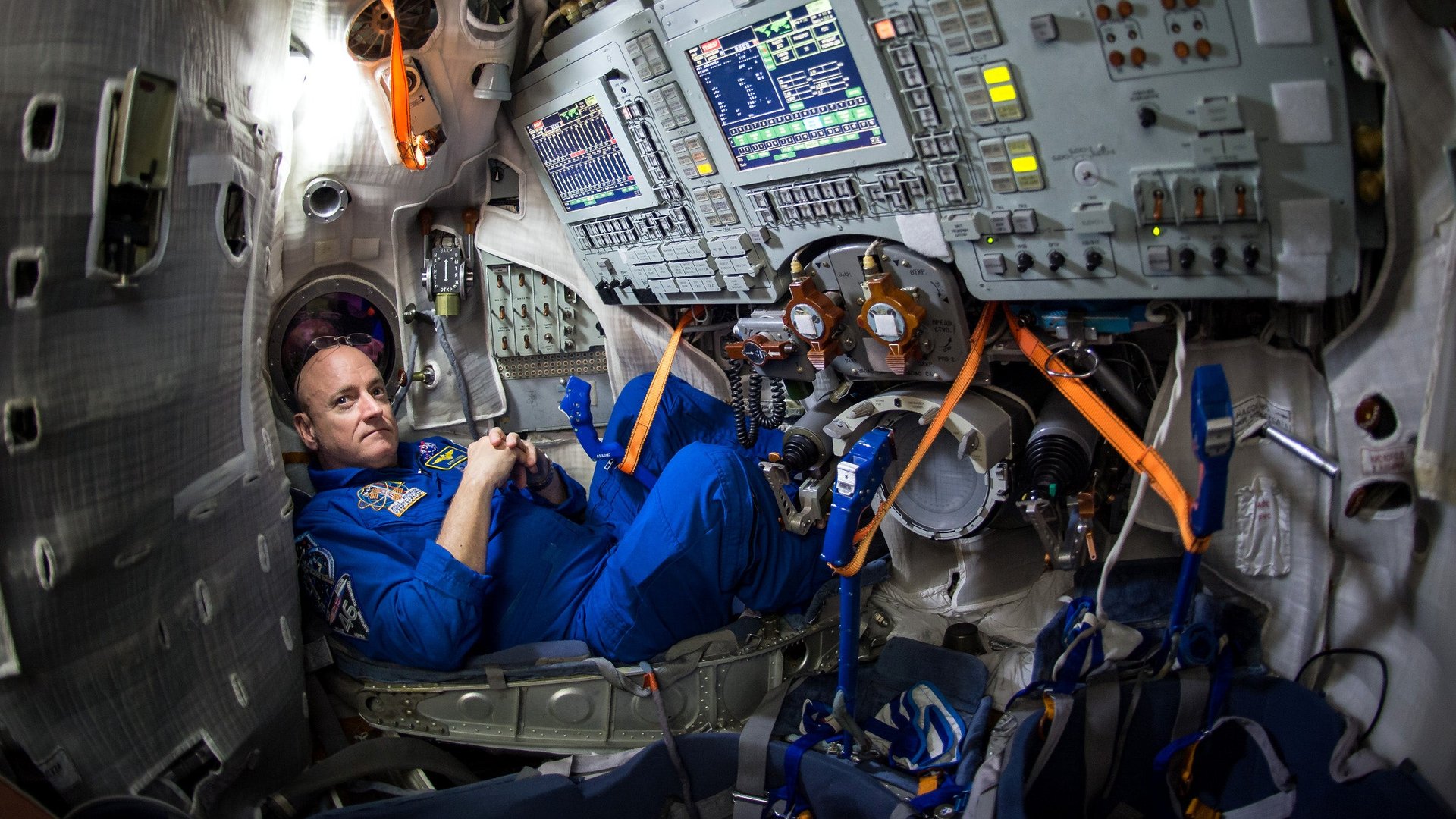The US rocket program has veered off course yet again—and that means paying Russia more
Remember when NASA decided to hire Boeing and SpaceX fly commercial astronauts to that agrarian orbital paradise, the International Space Station?


Remember when NASA decided to hire Boeing and SpaceX fly commercial astronauts to that agrarian orbital paradise, the International Space Station?
Well, that idea has taken another beating: NASA now says (pdf) that because Congress has underfunded the scheme by some $1 billion over the last five years, the development programs for SpaceX’s Dragon 2 and Boeing’s CST-100 may run out of money by the summer of 2016.
“Boeing will not speculate on any potential budget impact nor will we speculate on final budget allocations,” a spokesperson told Quartz in an e-mail. “Boeing strongly supports an increased top-line budget for America’s space programs so that NASA can successfully implement the robust space strategy it has been entrusted to accomplish.”
SpaceX declined to comment on the budget debate; CEO Elon Musk has said in the past that it will develop its spacecraft regardless of public funding delays.
NASA had been hoping that Congress would fully fund the commercial crew program in 2016, but instead the space agency is facing a $332 million shortfall. That means the US government just had to re-up its embarrassing contract with Russia to take astronauts to the ISS—a $66 million extension through 2017, for a total cost to US taxpayers of $490 million.
Yes, that’s almost half a billion dollars the US government is paying the Russian government, even as their geo-political relationship has gotten increasingly testy. Congress has banned Boeing and Lockheed Martin’s joint space venture, United Launch Alliance, from purchasing some $300 million worth of rocket engines from the Russian government, for that very reason.
Part of the problem for SpaceX and Boeing is that recent failures by some of NASA’s commercial partners—including SpaceX this summer and Orbital ATK in October 2014—have made lawmakers more concerned about relying on the new public-private model of space enterprise.
But some critics also see parochial interests at work: The chairman of the Senate committee that controls NASA funding is Richard Shelby of Alabama, where NASA has a major production facility. His budget proposal would direct $522 million more than NASA requested to the Space Launch System, a new mega-rocket being developed in Alabama. If commercial space efforts succeed—particularly SpaceX’s in-development Falcon Heavy, a direct competitor with SLS—they may jeopardize traditional NASA development programs.
Regardless, SLS won’t be ready to launch anything until 2018: The craft intended to ride that rocket—the Orion space capsule NASA tested last year—is waiting for a critical component being developed by the European Space Agency that has already been delayed once.
So unless something changes, the US government will still be dependent on Russia for manned space access until at least 2018.